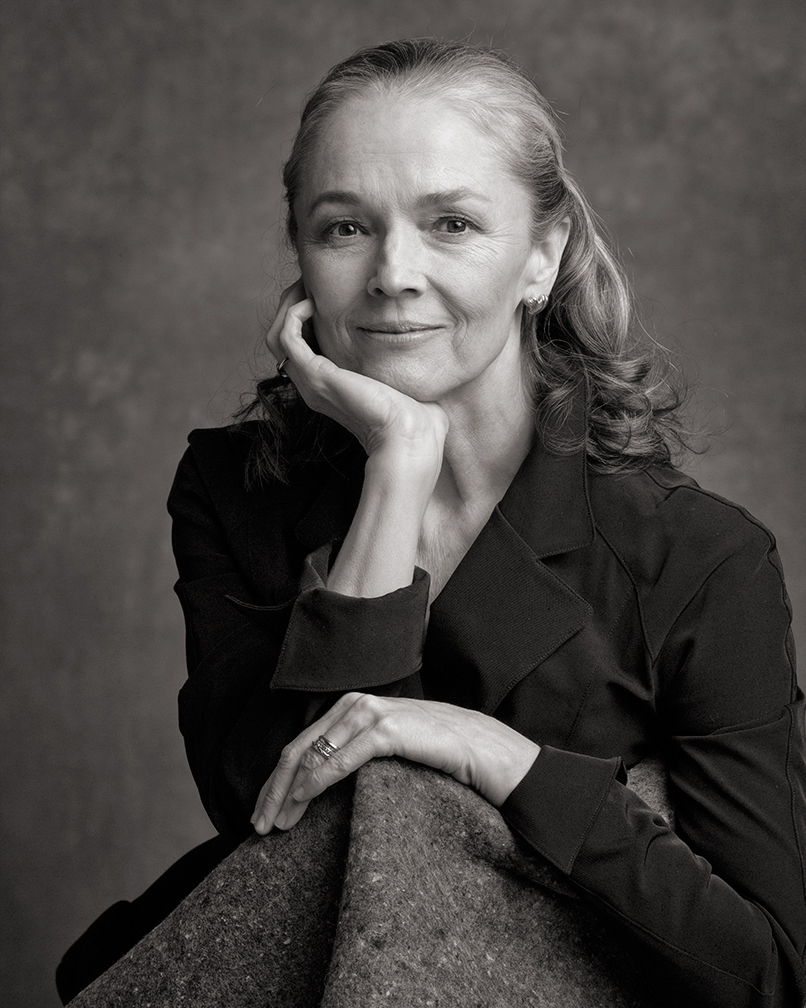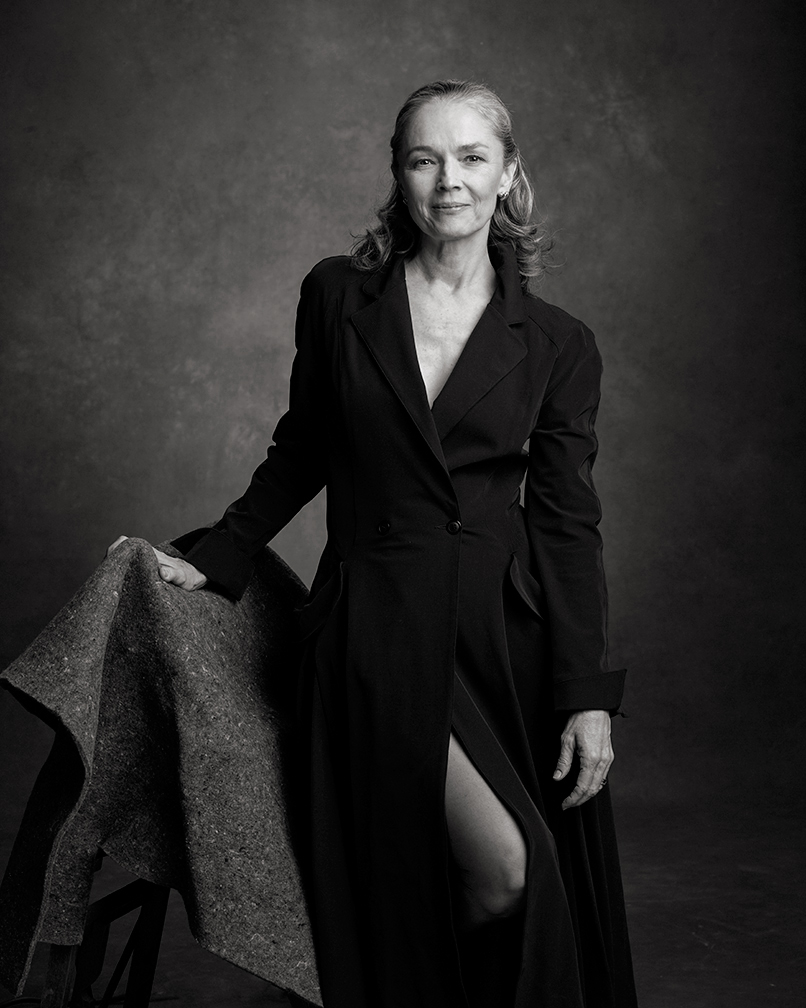Janet, Eilber, Artistic Director of the Martha Graham Dance Company
Where did you grow up? JE: I was born in Detroit and at 10, moved to Northern Michigan - where my parents were on the academic faculty of the Interlochen Arts Academy. How did your background - and your family's background - influence your passion for dance? JE: The fact that my parents took jobs on the faculty at Interlochen was a huge influence, but there were also arts in my family background. My mother and grandmother were both singers and played the piano. And both of my parents encouraged creativity and imagination in our lives. There were lots of backyard "shows" starring kids from the neighborhood, my sisters and me when I was growing up. How has that background and upbringing affected your other life choices? JE: Oh, I know that I'm lucky to have had such wonderful educators as parents, to have been brought up to value creativity and to have the confidence to consider and act on a range of diverse and not-obvious choices. This ability reflects not only in one's artistry but also in one's daily life. It was a kind of freedom and self-empowerment that was only deepened and encouraged, of course, when I began to work with Martha Graham. Growing up, at any point did you ever think, "One day I'll direct a dance company?" JE: No, I never really considered that future. I was too engrossed in being an onstage artist to think about what else that might lead to! Being a dancer or actress is an intense career that requires constant individual focus. It was when I finally took time to get married and have children that I began to have a much broader view of the possibilities. Other than Martha Graham, who were some of the people who influenced you the most in your career? JE: I've been lucky enough in the course of my career to have a very special list of teachers and mentors. From William Hug, who was my first modern dance teacher at Interlochen to some of the greats of the art form such as José Limon, Agnes deMille, Tommy Tune, Bob Fosse, Michael Kidd and Marge Champion. And add to that some wonderful acting teachers who only enhanced my approach to performing such as Wynn Handman and Bobby Lewis and the great singing-performance teacher David Craig. The more I performed and studied, the more all of their direction and advice came together. Regardless of the art form, or how they taught it, these renowned artists all were insistent about the specificity of choice, and the responsibility of an artist to commit to deeply detailed personal choices. This concept is elemental to my own work and to how I direct the Graham Company. When did you see Martha Graham’s work for the first time? Did you know immediately that this was the company you would dance with and later direct? JE: I first saw the Graham company dance in Detroit Michigan on a field trip with my high school dance department. I don't remember much about it except being puzzled as to why such an old woman was onstage. There was no thought in my mind that the Graham Company was for me. When I left Interlochen for New York I considered myself to be a Limón dancer and went to Juilliard to study with José Limón. While I was at Juilliard I was won over by the Graham technique. It’s been exciting watching the Martha Graham Dance Company do new pieces. How do you decide which choreographers are a good fit for the company? JE: I specifically look for projects that will allow us to commission a surprising range of choreographers. In other words, I want to step outside the expected. We are using concepts like the Lamentation Variations or our overarching themes, which allow us to incorporate different voices and very different styles while remaining true to a certain guiding principle. What are your ideas on the balance between the repertoire of Martha Graham and bringing in new works JE: It's been really exciting to discover that the new works resonate and frame the Graham classics and the Graham classics bring context and a new way of looking at the new works. By using an over-arching theme we have a way of tying together these works that may seem to be quite diverse. It's been enormously satisfying to do this sort of "creative curation.” We are still experimenting with the balance. In 2015, for the first time, we will present a program of entirely new work. I’m very curious to see how it feels. Do dancers in your company need to train differently, now that their repertoire is so varied in style? JE: Yes, they are finding many ways to increase the range of their technique, but the Graham technique itself is so powerful, we find that our dancers have the strength to take on anything. Sometimes the more challenging work is that which requires a more casual physicality. Is there one crucial thing you look for in a dancer? JE: I'd say it's the ability to express themselves and to bring their own unique personality and power to any role that they're given. If a child told you they wanted to be a dancer, what would your one piece of advice be? JE: Find a good teacher – One with high standards and expertise who teaches with humor and compassion. Martha Graham collaborated closely with other well-known artists – as far as sets, music, costumes, etc. Is this tradition something you are looking to continue in working with other choreographers? JE: Yes, We are very involved in collaborations with artists from other disciplines. We had a wonderful partnership with the actors of SITI Company a few years ago, and right now are collaborating with the architect Frank Gehry on a virtual atmosphere for one of our dances. We’ve also been working with Guilherme Licurgo, an amazing Brazilian photographer, on a photo book that will be released in 2015. Have you been involved in art forms other than dance? JE: Yes I've studied acting and singing. Many years ago I did some movies and television shows as an actress and I worked on Broadway a little bit as well. If you could talk to Martha Graham now, what one question would you ask her? JE: What’s the next big thing? What have you seen or read lately that you find intriguing or inspiring?? What is your greatest indulgence? JE: --Too many to list. What is your favorite city to tour to, and why? JE: Paris is hard to beat. It's a place that celebrates most of the things I like to indulge in.
 Hair and Makeup by Juliet Jane
Clothing courtesy Norma Kamali
Hair and Makeup by Juliet Jane
Clothing courtesy Norma Kamali


